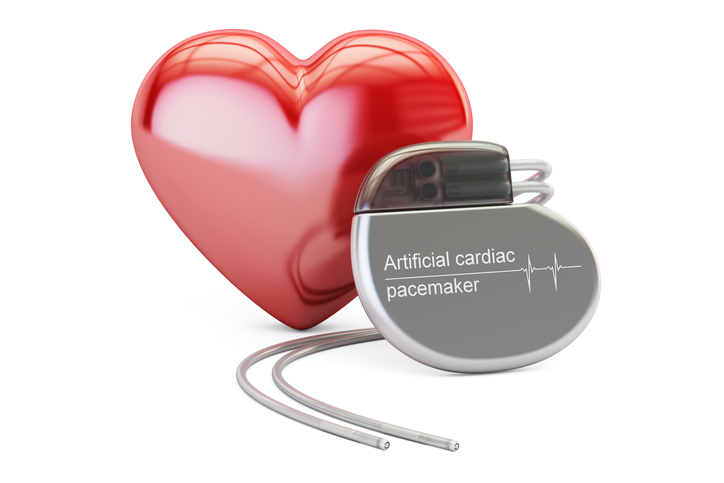From the desks of Lisa Mathess, M.A., SHRM-CP, Principal Consultant, ADA Specialist and Beth Loy, Ph.D., Principal Consultant/Technical Specialist
Being on the motor team, we take a lot of calls on heart conditions. These heart conditions can vary from someone who experienced a heart attack, has atrial fibrillation, or is developing age-related heart disease. Many individuals with heart issues require a pacemaker to assist in maintaining a normal heart rhythm. Most times there are minimal issues with a pacemaker, but once in a while an employee has to work in an environment that could create problems with the pacemaker.
Working around utility lines, strong magnetic fields found in some electrical/medical equipment, or sparks when welding could create a safety hazard for an employee with a pacemaker. The electro-magnetic field (EMF) radiating from equipment in those environments may cause electro-magnetic interference (EMI) that can interrupt the pacemaker’s functioning. Older pacemakers may be so sensitive that they can be affected by cellular phone signals.
EMI occurs when the levels from Hz electric and magnetic fields causes the pacemaker to malfunction, become damaged, or even fail. An individual may feel dizzy, have palpitations, or lose consciousness. Examples that you might notice even if you don’t have a pacemaker include static on a radio from an aircraft flying at a low altitude or noise on a microphone from a cell phone communicating with a cell tower.
Pacemaker manufacturers are making great strides by ensuring that pacemakers are equipped with protection to prevent incidents of EMF exposure. Nowadays, most individuals, when EMI occurs, will experience only minor and temporary interference with their implants when exposed to EMF. This will most often disappear as a person with a pacemaker moves away from the source of the interference. Some of the newest pacemakers aren’t even affected by EMI. For example, the new “bullet” pacemaker is not only the world’s smallest pacemaker, but it is implanted via the leg, self-contained in the heart, and can be subjected to MRI scans.
Also, advances in occupational safety allow for job accommodations that may not have been possible years ago. The National Heart, Lung, and Blood Institute provides practical advice for those with pacemakers working around electrical appliances, cellular telephones, medical devices, and industrial welders. Employers can assist these individuals in the workplace by:
- Ensuring electrical appliances and equipment are well-maintained to prevent leakage and sparking;
- Shielding gas-powered generators and gas-powered saws;
- Providing EMF Protection and Detection to warn employees of an EMI source above the threshold for their implanted device;
- Providing EMI protective gear for these workers;
- Providing appropriate long-corded headsets for cellular telephones; and
- Allowing the use of an EMF monitor and the ability for one to move away from an area if the alarm goes off.


